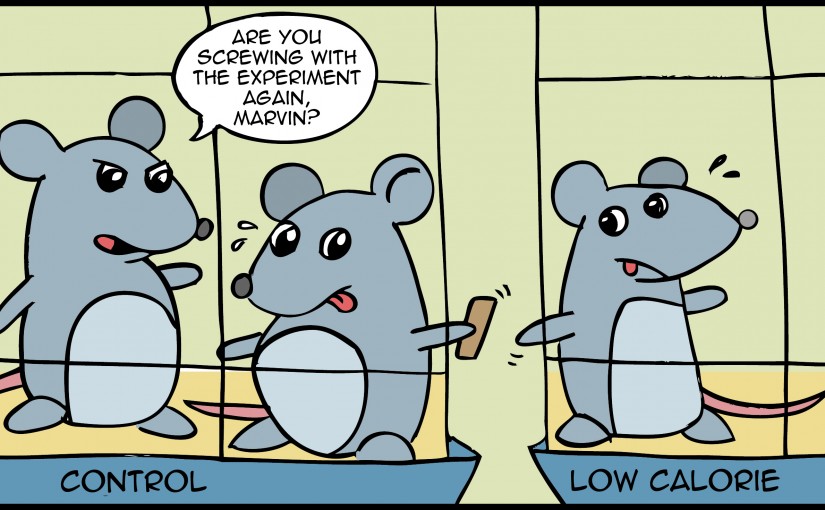When you are unsure of the efficacy of the instrument (be it a person or a machine) you are using to detect a difference between groups, you need both positive and negative controls.
The positive control shows that your procedure is capable of showing an effect, and the negative control shows that your procedure is capable of showing no effect. Whilst it is perfectly normal to mix these up, they do both need to be present.
See Example
Bob has designed a machine for detecting the number of aliens on other planets. He looks at Mars and as expected finds no aliens. Then he looks at two other planets and finds no evidence of alien life there either. Disappointed, he publishes that there are no aliens on either planet. It is only after the invasion that Bob realises the machine wasn’t turned on.
Bob had a negative control which was Mars, where he knew there were no aliens, and when his machine showed no aliens he knew he was not getting false positives. However, Bob had no positive control to show that his machine was actually capable of detecting aliens to rule out false negatives. Your repercussions will probably not be as bad as Bob’s, but if you have any desire for publication, even the lower impact journals will insist on these controls.
Get Practical Tip
- Don’t just think about your controls on the day you carry out the procedure. You may well need extra components or additions which have to be ordered or pre-prepared. Like the rest of your protocol, this should be planned well in advance.
Get Wet Lab Tip
- Sometimes the most obvious controls are not the best. Try to avoid using substances you are unfamiliar with, or are unreliable. Use whatever substance or object is most likely to work. If your experiment worked but your controls did not, then your experiment is still void, and you will have no way of knowing what needs changing.
Read Personal Perspective
In the last section of my thesis I had a few experiments which I included to flesh it out a bit.
This was a costly and pointless decision simply because in the rush to complete them I had not used the relevant controls. The result was that my viva took an additional (fairly harrowing) hour where both examiners drilled me on what I could possibly conclude from these data. My answer, irrevocably, was that there was nothing. What else could I say?
No controls = no data.
I was forced to delete the entire section from my thesis. What a waste of time that could so easily have been a solid part of my project.
Have you made similar mistakes? Share your experiences or feelings about this guideline in the comments below, or just give it a thumbs up.
